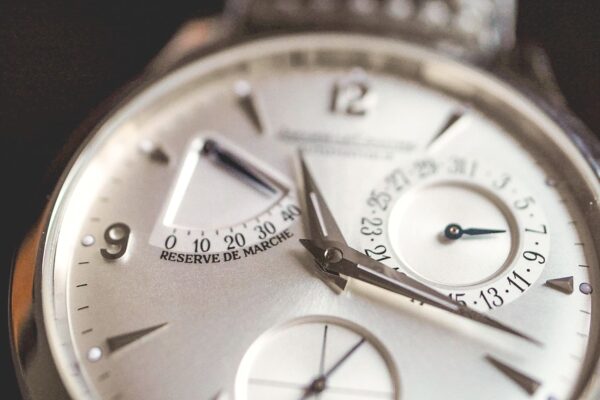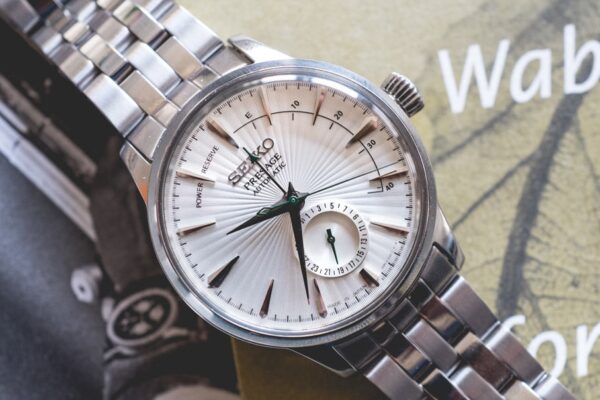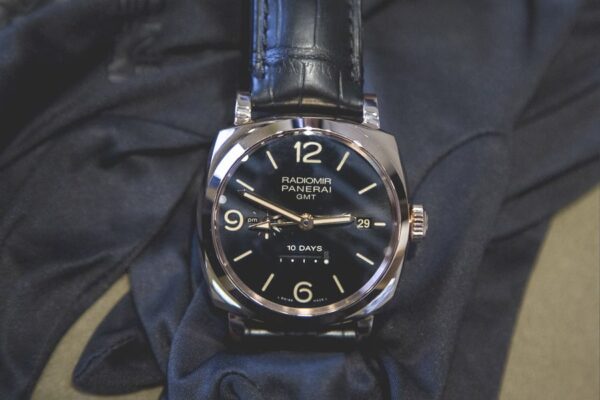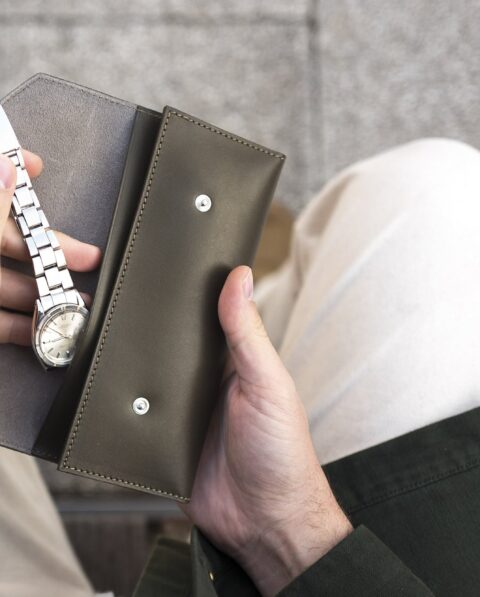The ABC’s of the Power Reserve Complication

The ABC's of the Power Reserve Complication
Often beautifully designed, watch complications’ relevance in “normal” people’s daily life is arguable. On the other hand, some complications are undeniably useful and bring true added value to a timepiece. Case in point: the Power Reserve. Just like the chronograph function we talked about a few weeks ago, the display of a watch’s power reserve is far from superfluous.
Those with mechanical watches know that whether the movement is automatic or manuel, if the piece hasn’t been worn or wound for a certain time it will need to be restarted and adjusted. Unless you have a power reserve display that is…

Power Reserve Basics
All mechanical watches run on energy that has been stored within the movement. How does it get there in the first place? As you wind your watch’s crown, you’re actually “charging” its energy by making a spiral spring contract inside the movement’s barrel system. This spiral spring gradually releases the stored energy and power the watch. The power reserve is therefore the time the barrel system takes to deliver all the energy it can store, similar to a car that’s running on a full tank of gasoline.
–
This “full tank” can vary from the popular 40-something hours to 3 days, 8 days, and even longer! Usually displayed on the dial or on the case back, the power reserve indicator is particularly useful for manual timepieces that need to be wound in order to work.
Power Reserve Display
So how does the power reserve display appear on our watches? Depending on the movement’s architectural design, the power reserve display is either on the dial or the case back. Here are some of the more popular types of display:

Gauge
This is the most common power reserve display: a needle that points to the level of energy left. Just like the fuel gauge in a car. The indicator is graduated in hours or days, or goes from “full” to “empty” on simpler versions.

Linear Indicator
The display can also be linear with a cursor that moves along the graduated bar, as we can see on certain Officine Panerai models such as the Radiomir 1940 10 days.

Window
Less common but still very practical, here we have different portions of colour shown through a display window thanks to a turning disc behind the dial. When the window is full with colour, the power reserve is at its maximum. When it’s at empty, the watch stops. Easy right?
With the power reserve winding a manual watch will never be too early when it doesn’t need it, or too late when it stops. For automatic models powered by the movement of your wrist, the power reserve comes in handy for those, like us, who own more than one watch and alternate between them.











